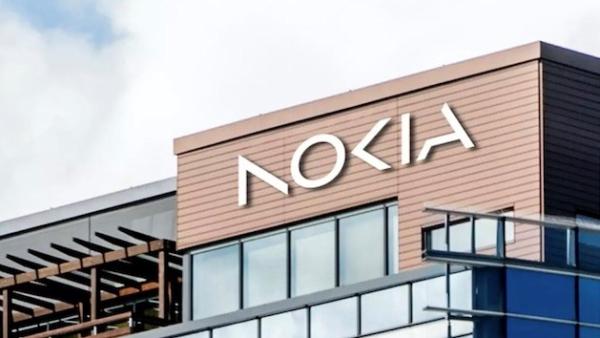Written by Nick Wood for Telecoms.com

Deutsche Telekom, Telefónica and Vodafone are field-testing the EU’s digital ID scheme in anticipation of a broader rollout.
It is part of a large-scale trial being carried out by an EU-organised consortium called ‘Potential’. It is taking place in 19 countries across the bloc. The field test by DT et al will see smartphone-based digital identity wallets used for opening bank accounts, applying for digital driving licences, and car rentals. Tests for online citizen services that require e-signatures are already taking place.
The trial falls under the auspices of the amended Electronic Identification, Authentication and Trust Services (eIDAS) regulations, which were adopted two weeks ago. The aim is to harmonise the technical framework for carrying out know-your-customer (KYC) checks across the EU, so that people both at home or abroad – in the EU at least – can simply use a centrally-issued digital ID rather than a physical equivalent.
“Every time a Website asks us to create a new digital identity or conveniently log in via a large platform, we actually have no idea what is happening with our data. This is why the Commission will soon propose a secure European digital identity. One that we trust, and that citizens everywhere in Europe can use to do everything from pay taxes to rent a bike,” said Commission President Ursula von der Leyen, in a statement on Monday.
“Whether wallet, banking or mails – every day, many people go about their daily lives with their smartphone as a matter of course. It is therefore only logical to add another important facet to life in the digital cosmos with a smartphone-based digital identity,” said Valentina Daiber, chief legal and corporate affairs officer at Telefónica. “Among other things, digital identities speed up interaction between public authorities and citizens, making the smartphone an even more important companion for everyday life.”









